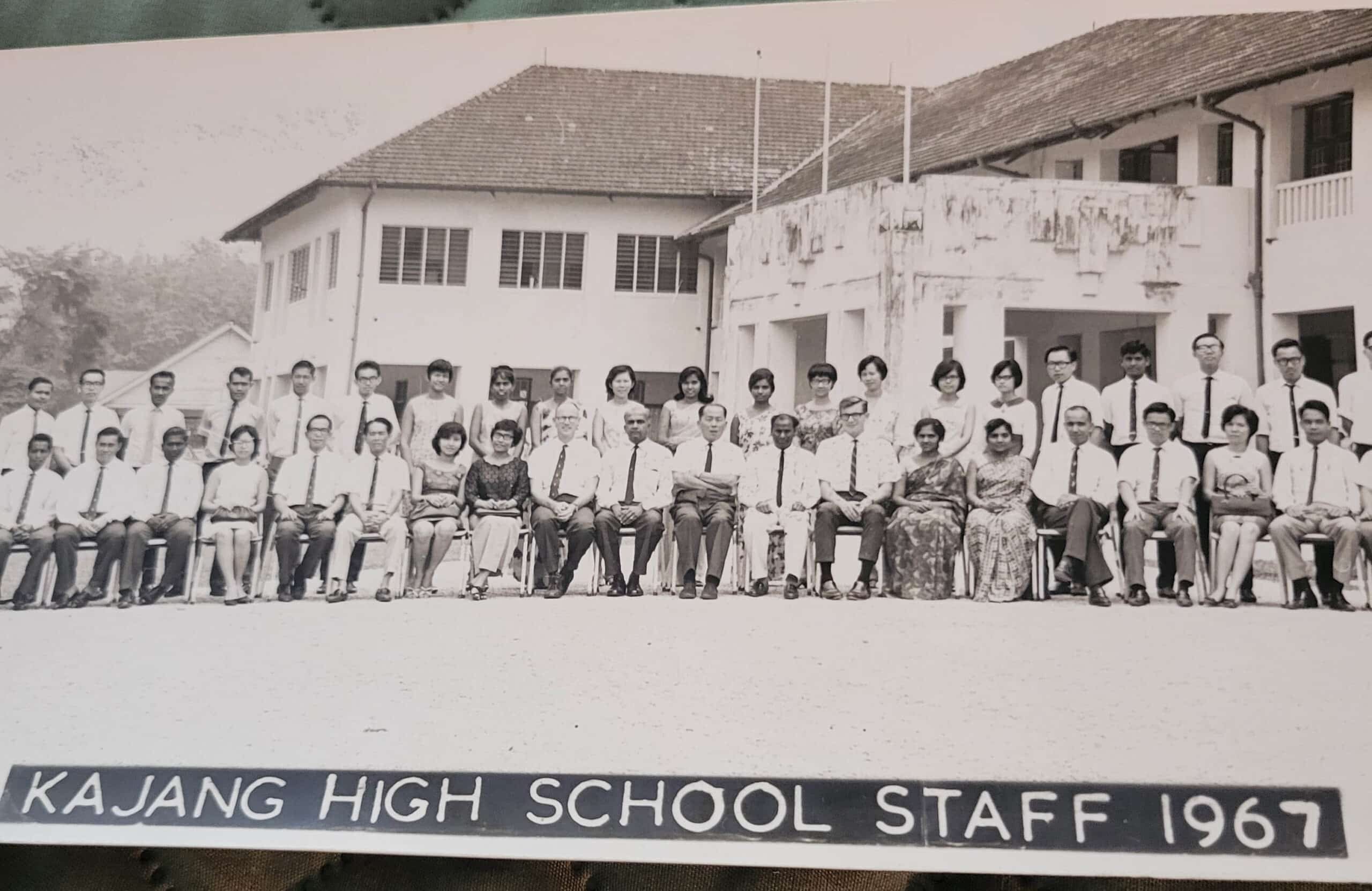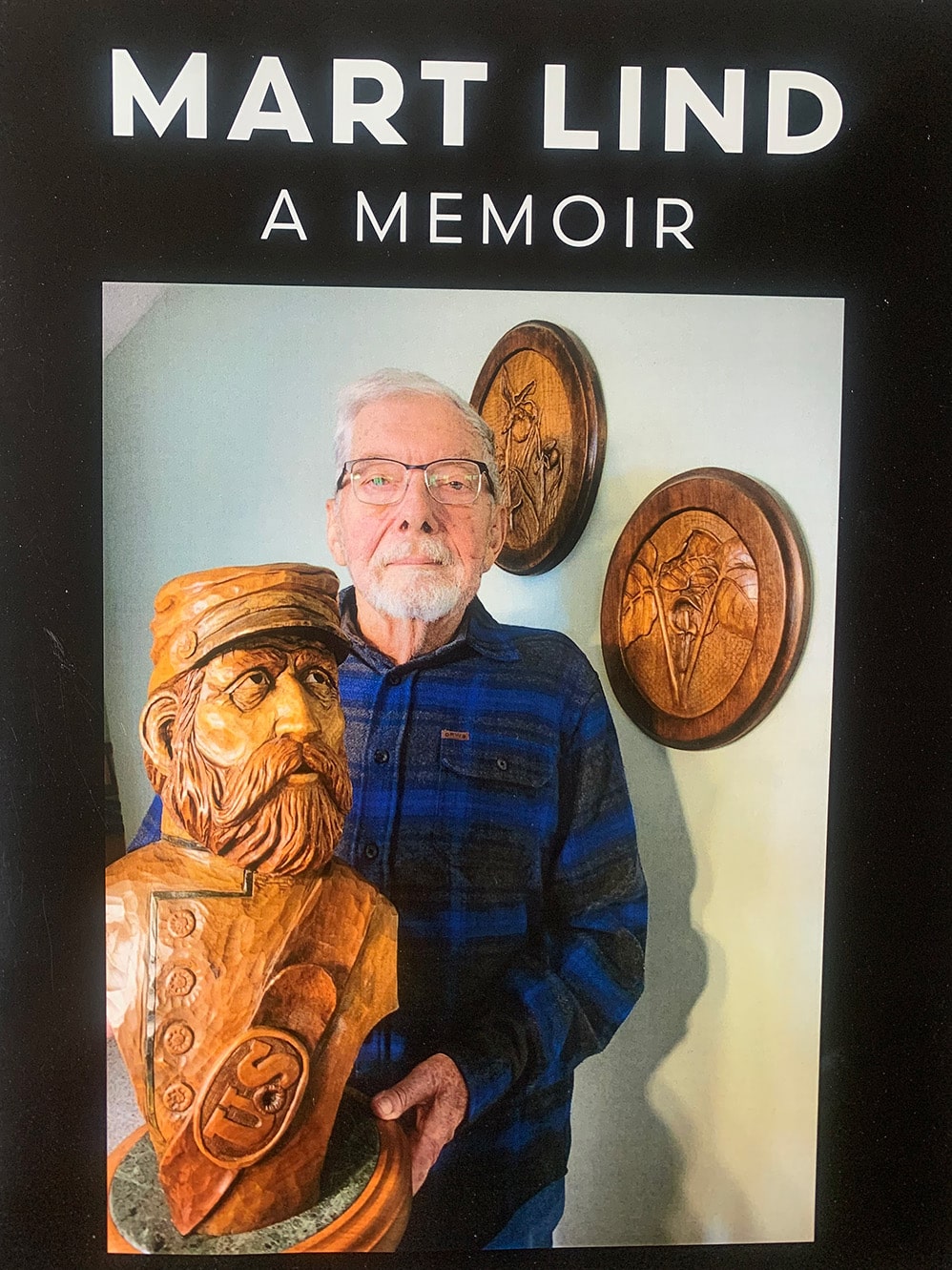I was excited to receive my invitation to teach biology and health science in Kajang, Malaysia. One of my favorite memories is the day I visited the Jah Hut, an indigenous forest people known for their sacred wood carvings.
One of our Peace Corps teachers ended up teaching in Pahang. He told me about the Jah Hut People. I did some wood carving as a young man and decided to visit the settlement. My only choice of transportation was a long bus ride from Kajang to Pahang. There was a local Malaysian guide with knowledge of this forest village who joined us.
People brought goats and other animals on the bus, as well as different produce and fruits. Nothing was a surprise. The bus brought us to a town up in Pahang and from there our Malaysian friend guided us through the jungle to find the village. This took several hours. We mostly traveled on animal trails and used the simple intuition of heading northward until we could see some activity. Malaysia is equatorial, so it was hot and humid as we walked to reach the village. Along the way I saw many unfamiliar but spectacular tropical plants and animals. I wished that I had books to learn about these interesting finds.
I thought about the possibility of seeing a cobra or some other venomous snake. Many of the plants and shrubs were toxic and were to be avoided. The birds were remarkably interesting, especially the unique hornbill. I was happy when I heard its call.
By midday, walking in this wilderness became incredibly challenging. We weren’t prepared for this jungle journey. Our greatest lack was drinking water. I had just a couple of water canteens that didn’t last long.
After many hours I saw signs of civilization and the village we were looking for. As we got closer, I didn’t see any children out running and playing. With the oppressive heat and humidity, most activity was shut down during midday. Gradually, people came to see the visitors. First came the children. The adults seemed to hang back and were more cautious. Our guide had some ability to communicate with the Jah Hut people. He communicated that I was interested in their wood carvings.
Inside a typical hut, we sat on the floor. The carvers brought out carvings. Every carving was unique. Our guide gave us a general explanation of each. The Jah Hut believed that carving was a way to connect with ancestral spirits and pass down stories and their cultural heritage. Carving demons made them visually present, and harmless. I was amazed that primitive equipment could create such unique carvings on such dense wood.
I was also impressed by how skilled some of these people were with their blowguns. We observed them hunting and successfully finding small game that we could not see.
The Jah Hut people didn’t use money. They wanted cigarettes and hand knives. They traded cigarettes for the heavy carving I liked because its nose was upside down and it looked so interesting. The journey back to Kajang was difficult as I didn’t have a backpack, and it was oppressively hot. Walking back through the jungle with little water and the heavy twelve inch carving wasn’t easy but I got it done.
I returned to the States and began teaching science and biology to troubled inner city boys and shared my love of wood carving with them. I showed my students the Jah Hut carvings and explained how simple tools, with a good attitude, could result in incredible things.
The carving that I gave the Peace Corps Museum was made in the early 1960s. The wood is possibly dark red meranti. It is a dense wood and very heavy. When I carried the carving I wasn’t aware of the dangers of toxic wood dust, especially from dense tropical trees. The more I learned, the more I stressed the need for proper protection while working around the dust and fumes to all my carving students. I especially became aware of the problems with toxic tropical woods. I wish I could have returned to help the Jah Hut carvers to understand health problems from carving toxic woods. I became a strong advocate of wearing a good facial mask for all of my students even when using less toxic woods like basswood, commonly found in the United States.






